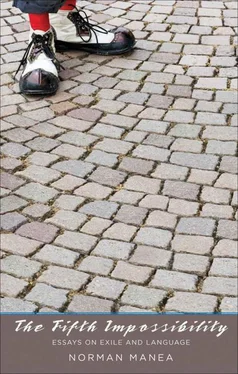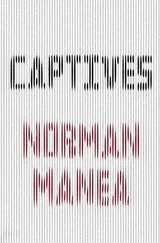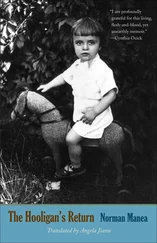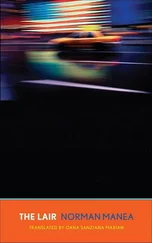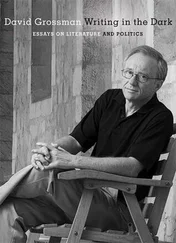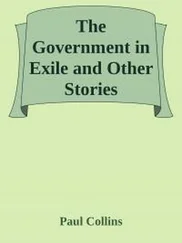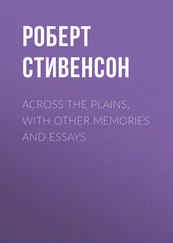The basic infantile mythology of this modern Land of Promise offers us, in his cartoons, an Uncle Sam in the posture of the Sphinx and a Statue of Liberty in a nightgown, but it also offers us the consumerist extravaganza of toy objects in the man-made landscapes, the man-made birds and crocodiles and cats and pencils and movie stars, and finally that inexhaustible “self-made man” himself, master of the great universal trick: METAMORPHOSIS.
To the artist — forever a child, as Brancusi put it — America is offered not just as the fable of inexhaustible contemporary reality but also as a cognitive adventure in which the newly shipwrecked Crusoe, a stranger and an adult infantilized by the shock of dislocation and dispossession, learns what it is to be an American. In this sense, both Harold Rosenberg (“The United States was made to order for Saul Steinberg”) and Arthur Danto (“The travels were undertaken in the spirit of learning how to be an American”) are right.
It is not by chance that the immigrant arrived on this side of the Atlantic with a passport he had faked, nor is it by chance that many images in the artist’s repertoire are of wandering. Saul Steinberg admits: “What I draw is drawing, [and] drawing derives from drawing. My line wants to remind constantly that it’s made of ink.” His work is the coded autobiography of an estranged foreigner, a child now “cosmopolitan” and “cosmic,” hidden in anonymity as in celebrity, who plays with a series of different identities for himself, a parodic combination of masks, surrogates, and othernesses.
We may find significant the frequent appearance in the artist’s work of fingerprints and images made from fingerprints, as well as of identity papers, rubber stamps, diplomas, signatures, pictures of post offices (in Charlotte, North Carolina; Nashville, Tennessee; Kansas City, Missouri; Lynchburg, Virginia; and Canal Street). In The Passport (1953), the oval-shaped fingerprint that stands in for the human face is completed with a collar and tie, the exile’s emblematic image.
Nothing “natural” seems to attract his attention, unless it is part of “artificial” nature, man-made in the same sense that the artistdemiurge creates objects by situating them in parodic relation to their model (when there is one), in a nonstop juggling routine. Saul is a juggler with reality who, through art, makes his public aware of ordinary things.
Among the many captivating “trifles” scattered in Saul’s files, I found a dollar bill with which he had once tested the efficiency of the US mail. He had put a strip of paper with his address and a stamp directly onto the banknote, tossed it in a mailbox, and then probably waited with an adventurer’s impatience to see the result. The postal workers put it in an official envelope and sent it on.
Saul Steinberg remembered Romania as a place of peasants in folkloric dress, mustachioed cavalry officers in parade outfits, children in school uniforms with their official numbers on their sleeves, for ease of identification and denunciation, a place where a Dadaist alloy was created out of frustration, hedonism, and grief.
“Land of masquerade,” “land of operetta,” “land of exile” … even perhaps the Dark Land? In a drawing from 1975 that he gave to Eugen Campus, the schoolboy appears in quasi-military cap, collar, and boots, with his registration number LMB (Liceul Matei Basarab) 586 on his arm. He is making his way down Strada Palas to the solemn Institute of Instruction. A rural landscape, with drainpipes, stovepipes, and barrels. The street fauna are humbly domestic: dogs, cats, chickens, “real” geese (not the man-made geese later created across the ocean). People peer awkwardly and suspiciously through windows. The props are meticulous: a briefcase in the boy’s right hand, inkwell and pen holder in his left hand, satchel on his back with a ruler sticking out like a gun.
The clue here may lie in the satchel. According to another schoolmate, the recruit’s first appearance in the schoolyard was not as ordinary as the simple provincial scenery would suggest. In reality, it was a stunning debut. The satchel with which he came armed at the beginning of that school year was also an identity card (of a sort never seen before). On the flap the schoolboy’s exotic name was printed in large black letter: STEINBERG. Of course, it drew dizzily admiring looks from his new schoolmates. But the precocious public assertion of identity was actually an innocent premonitory farce. The mark had been imprinted on the satchel by the workshop that produced it, STEINBERG Bookbinders, which belonged to his father, Maurice Steinberg, in anticipation of the name that would be printed in the memory of his contemporaries and in that of vastly more admirers in the future.
Translated by Patrick Camiller, February 2000
AN EXILE ON SEPTEMBER 11 AND AFTER
That morning I was at Bard College, about one and a half hours from New York City. I was preparing my afternoon seminar, “Exile and Estrangement in Modern Fiction.” I only heard about the brutal attack on America towards noon. Most professors canceled their classes. I asked my students whether we should go ahead as planned with Nabokov’s novel Pnin, call off the class, or discuss the event rather than the book. Their presence showed that they didn’t want to be alone, and I assumed that the theme of exile would allow for a wide-ranging discussion of today’s world — a world in which estranged people, and not only they, are obsessively looking for a lost center, even reacting hysterically to their own tensions, trauma, and mystifications.
“You are sixteen students, an even number,” I said. “If half of you decide one way and the other the opposite, you may also need my vote. However I vote, some of you would not be happy. Those who are not happy can still join the discussion, accepting the dialogue as a compromise. Or they can leave the room and even blow up the building.” A prolonged, tense silence followed. The majority of the students were still in shock. Finally, they chose dialogue. For some of them, it was indeed a compromise. This seemingly trivial situation mirrored the global alternative, the essential choice: democracy or war against it.
Democracy is, in fact, an often tedious search for compromise, a complicated enterprise in domesticating aggressiveness. Compromise is not acceptable to everyone, as the nihilistic “messengers” had proved that morning. Their answer had been crime, the urge to blast the world apart.
Democracy is not a utopian project and is not Paradise; even religious fanatics locate Paradise in heaven, not on earth. It’s not at all surprising that one of the obvious results of democracy is incoherence — a form of freedom, probably. The unavoidable contradictions and conflicts, the inequalities and frustrations of democracy — of freedom — as well as the widespread resentment of the “demonic” and much-envied America may explain, at least partially, that terrible September 11 event.
Religious, as well as many non-religious, militants keep reciting America’s shortcomings and the disaster of future “globalization.” For better or for worse, globalization is already part of our everyday life, through television, computers, antibiotics, exotic travel. In many underdeveloped and poor countries, or in countries with authoritarian, oppressive rule, quite often the resentment seems not against globalization, but against the lack of it. Globalization doesn’t mean ethnic, ideological, or political unification, but a metageographical network with all its promises and risks. It would be useful and important to debate such issues, not blindly to reject the concept itself with simple-minded militancy.
Читать дальше
